Key Facebook Ads Metrics for Tracking
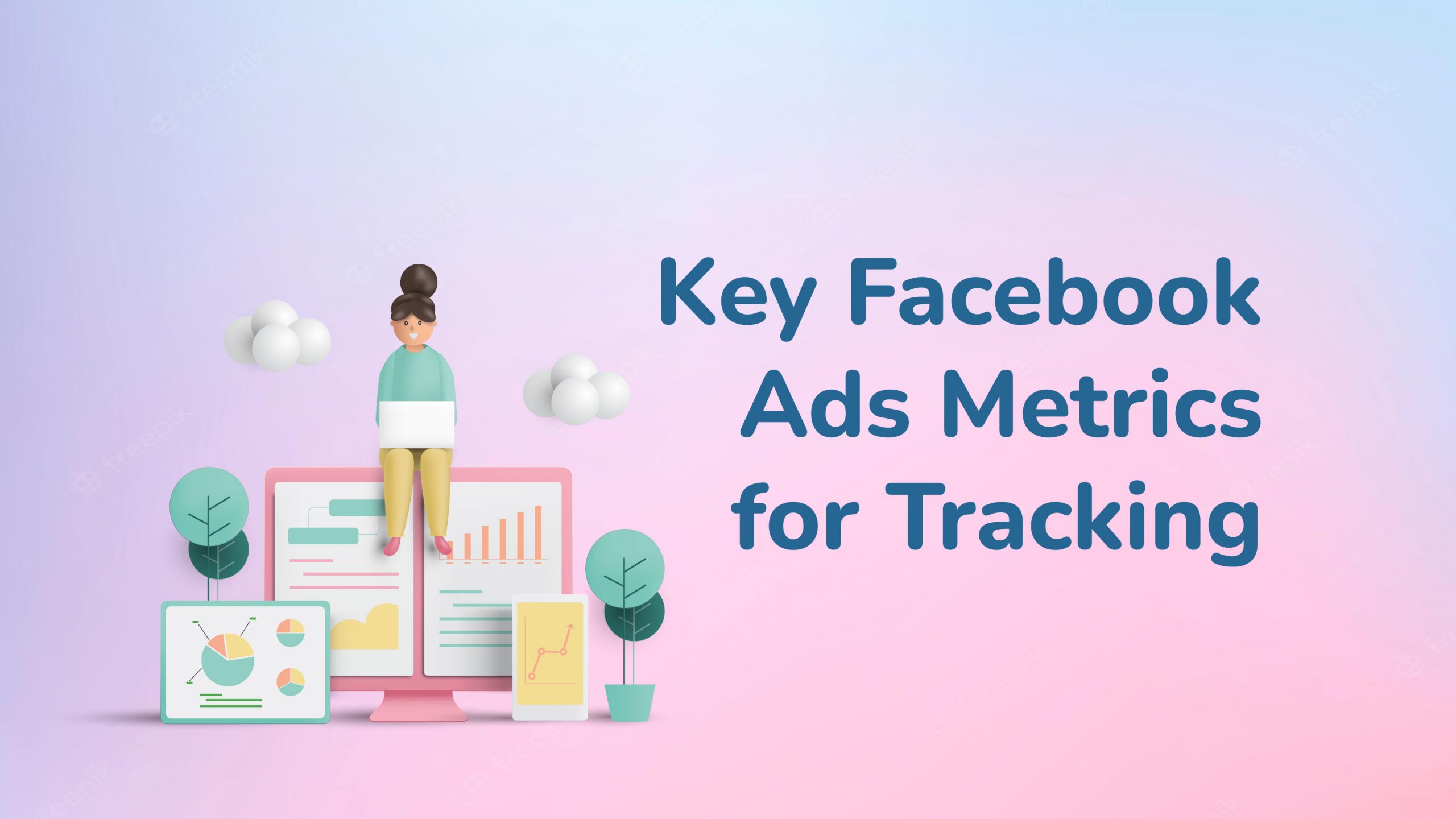
- Facebook Ad Metrics You Should Be Tracking
- Facebook Ad Delivery Metrics
- Facebook Ad Engagement Metrics
Facebook ad performance tracking and then reporting is a highly important member of any Facebook ad campaign. Perhaps, there are so many Facebook ad metrics to choose for tracking, which can get super difficult sometimes. Making sure to know your ad campaign’s goals and select your metrics related to that is an important step for every marketer.
That’s why, we’ve set some basics and overall relevant information about ad metrics for you. Continue reading for the top ad metrics you should give your attention to.
Facebook Ad Metrics You Should Be Tracking

Firstly, you might ask where you can find all of these ad metrics? They can be tracked and viewed in your Facebook Ads Business Manager, in which you have the selections to personalize your columns. You can find the whole list of the metrics available in Ads Manager.
When you decide which ad metric you want to use for your campaign, save them as a presetting. You can also section the metrics into three groups regarding they appearance in Facebook Ads Manager. Each of these groups are default column selections in your ad account.
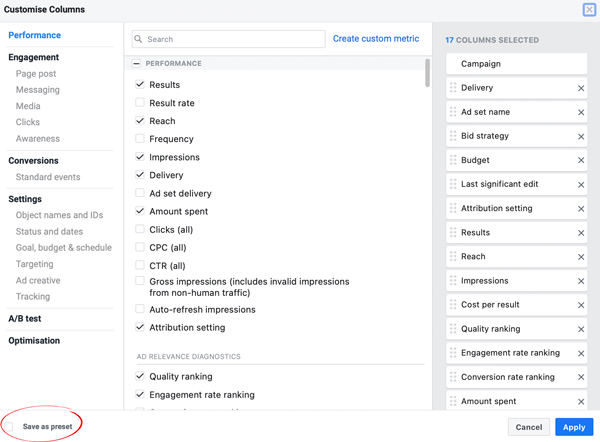
These three groups for ad metrics are:
Performance Metrics: These view the results you’re receiving and the average costs to reach your targets.
Engagement Metrics: These view how well your ad creative attracts your audience.
Delivery Metrics: These view the delivery of your campaigns and how much your ads cost to be browsed. Regarding your campaign targets, each of these ad metric groups are beneficial for your business. In order to comprehend which metrics are the best for your campaign, let’s go into details.
Facebook Ad Performance Metrics
1. Results
Results are the sum of times your campaign obtained its wished conclusion. This is conceivably the most significant metric of each campaign and will change depending on the kind of campaign the target you set.
Results will be a conversion metric such as leads or website purchases. When you are managing a brand awareness campaign, you might have impressions or traffic as your objective outcome. So let’s have a look at these customary kinds of Results for campaigns:
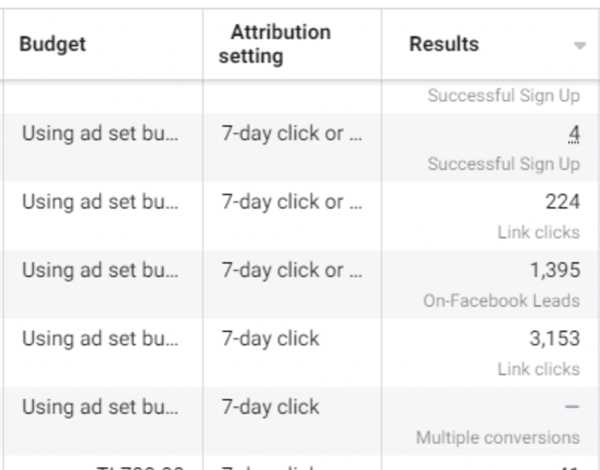
Website Purchases: Total amount of purchases that took place on your website.
Leads: Total amount of leads attained on your website.
Form Leads: Facebook also provides ‘’Lead Ads’’ which lets the user to add their contact information instantly through the app. This result metric calculates how many total form applications took place.
Custom Conversions: You can monitor each event happening on your website as a custom conversing utilizing the Facebook Pixel. Downloads for a Webinar Signups, eBook, or free trials are probable ‘’Results’’ you can check for your campaign as a custom conversion.
Each campaign will have a list of your results under the metric and these particular results will change based on your targets.
2. Cost per Result
Cost per Result evaluates how much each wished outcome or activity cost. The formula for this ad metric is dividing your total ad spend with the number of outcome.
The result for your campaign may be generating a sale, a new signup or a form application and it will vary depending upon your campaign’s target. Without taking into account of your specific campaign targets, CPA is your most crucial Facebook ad metric to track the success of a campaign.
3. Result Rate (Conversion Rate)
Result Rate is the proportion of requested results you obtained in comparison to the total amount of impressions. Result rate, in other words, conversion rate is among other digital advertising platforms when your ‘’Result’’ is an action or lead.
# of Results / Impressions is the formula for your result rate.
4. Spend
Spend is the total outcome of your ads cost for the specified time frame. This is one of the top ad metrics to involve in a marketing client front panel, so that it’s easier to track their PPC (Pay-Per-Click) budget. It is essential to pay attention to spend to make sure you are not exceeding the budget, also you have to check the other cost metrics such as Cost Per Result and ROAS.
5. ROAS (Return on Ad Spend)
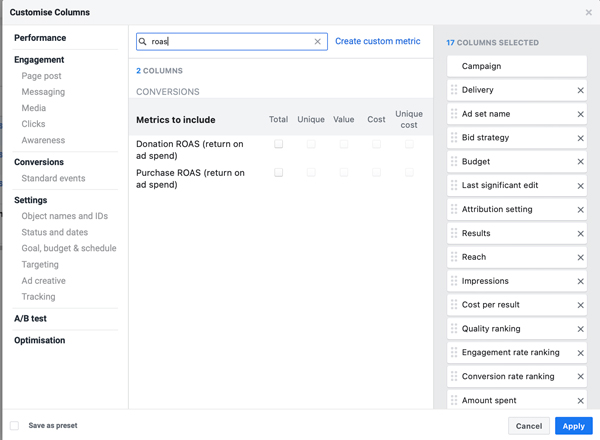
Return on Ad Spend, is the total of income the company obtains for every price funded into ads. ROAS is one of the most influential to comprehend whether you have a profitable Facebook Ads Campaign. The formula to monitor ROAS is Revenue / Ad Spend.
If you’re operating an eCommerce campaign and monitoring your sales with the Facebook Pixel, you can monitor ROAS fully in Facebook Ads. About other campaigns, you need to calculate depending on the conversion value of every result obtained.
Facebook Ad Delivery Metrics
1. Impressions

Impressions are the quantity of times your ads were on display in front of your audience. So, if you get more impressions from your ads, the higher your brand awareness will be. However, remember to not mix Impressions with Reach. Impressions are the total amount of time your ads have been viewed, on the other hand reach is the total amount of people who had sight of your ad.
One person can see your ad five times and this would number 5 times toward impressions, only one toward reach. It is also quite important to view impressions among publishing platforms to know where your ads becomes visible the most.
2. CPM (Cost per Mille)
CPM is the cost to receive 1000 impressions and is a common ad metric among online advertising. It tracks the cost effectiveness of an ad campaign. It’s a metric to crosscheck costs on different ad publishers and campaigns.
It’s also beneficial to understand fluctuation of the pricing for your selected placement. Don’t forget, Facebook Ads has an auction system. Do you think your CPA is advancing due to your target audience’s competitiveness? Or is it due to your conversion rate drop?
Go through CPM to decide whether your placement of the ad is becoming more high priced, as well as contrast costs among platforms.
3. Frequency
Frequency is the approximate number of times a person has viewed your ad.
This is particularly a significant metric to track if you have a very restricted, targeted audience. Meanwhile people often have to view an ad various times before converting, if they have seen the ad more than 10 times, you’re most probably supersaturating your audience and need to boost your reach.
Pay attention to your frequency, but don’t forget that if your conversion rate stays high in the long run, you possibly aren’t supersaturating your audience yet.
Facebook Ad Engagement Metrics
1. Clicks (Link)
Link clicks are the total amount of times people have clicked the link of your ads. The first stage to a Facebook Ads campaign is to certify that your ad is being transmitted by looking at impressions. Up next, you have to certify that your ad is engaging.
If nobody is making connections with your ad, you will not get conversions. So, clicks are one of the key ad metrics to affirm that your audience is interested in your offer. When you log in to your Facebook Ads Manager account, you’ll view some different metrics related to Clicks.The most crucial one to keep an eye on will be Clicks (Link). For instance, these are the clicks that’s going to get your lead to conversions at some point!
One of the alternatives you’ll also see is Clicks (All). This is measuring all clicks on your ad, containing clicks over to your Facebook page or other click coaction with your ad. Clicks (All) notify engagement with your ad, it’s not the engagement that will lead to your conversion. That’s why, you want to set priority to Clicks (Links) in your Facebook ads reporting.
2. CTR (Click-Through Rate)
CTR (Click-Through Rate) is the amount of clicks comparison to the amount of impressions. You might observe 100 clicks for your ad and thinking everything is perfect right? If your total amount of impressions is 100,000, those 100 clicks won’t appear as success anymore.
Therefore, this is where CTR enters into your Facebook ads reports. It is measured by splitting total clicks by impressions.

3. Post Engagement
Post Engagement is total amount of shares, comments, reactions, and clicks that your post receives. If you’re A/B testing various ad kinds, Post Engagement and CTR are two of your most crucial metrics to decide how well that particular ad attracts your target audience’s attention.
You can also select to view notably at “Post Comments” and “Post Reactions” to produce different engagement kinds. In order to see an entire outlook of how people are interacting with your post, choose “Post Engagement”.
And there you have it! Understanding your Facebook Ad Metrics is the key on how to boost the return on enterprise of your campaigns. It’s common to confuse all the selections in Facebook Ads Manager, so we hope that WASK will help with these ad metrics better for your campaigns and optimization.
In addition, tracking the performance of your Facebook ad campaigns can waste your time and effort so WASK will aid and benefit your Facebook ads. You can get full access to all the results of your ad accounts and ads with WASK which will create new smart audiences, smart advices and help with your digital marketing.
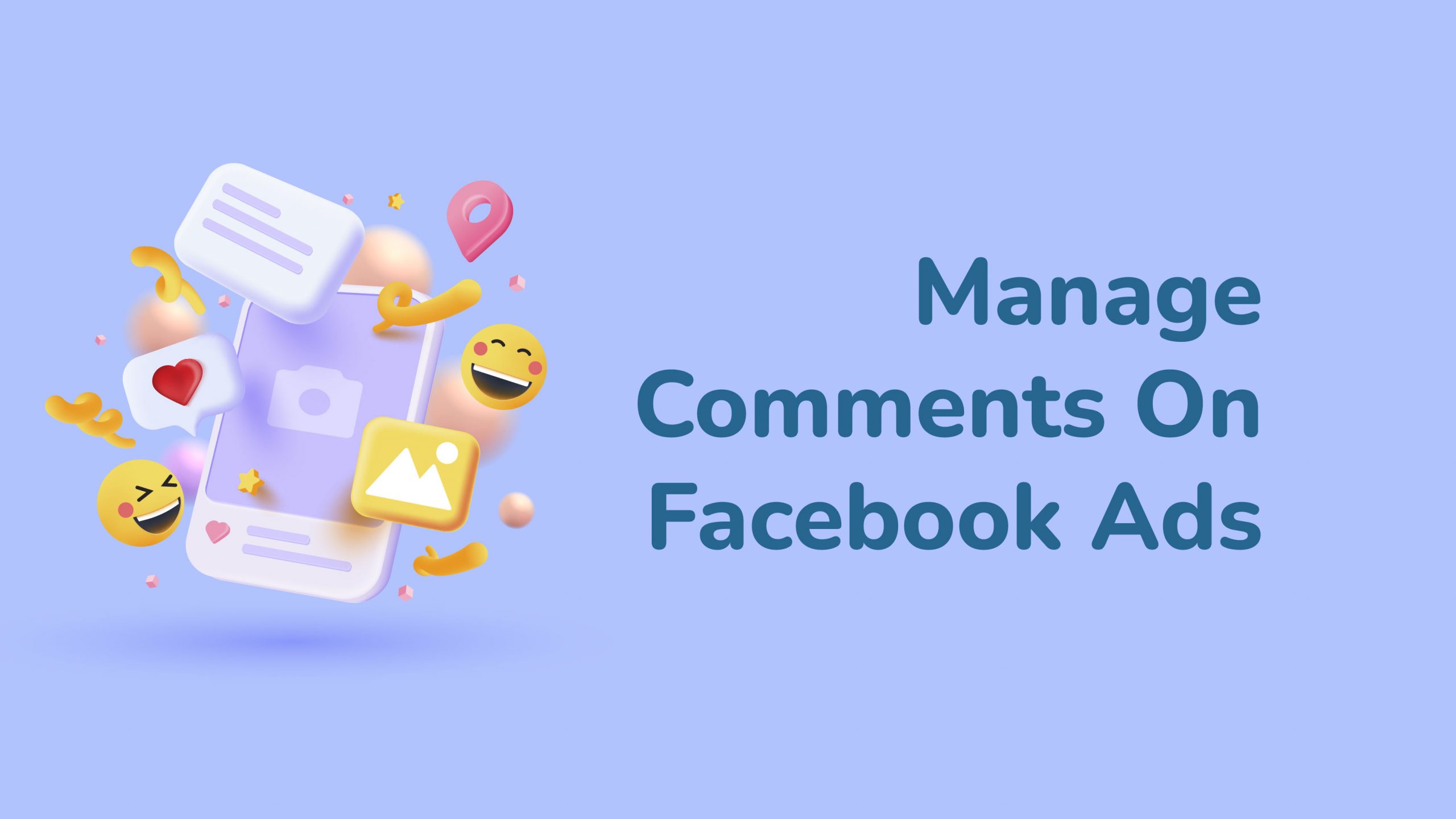
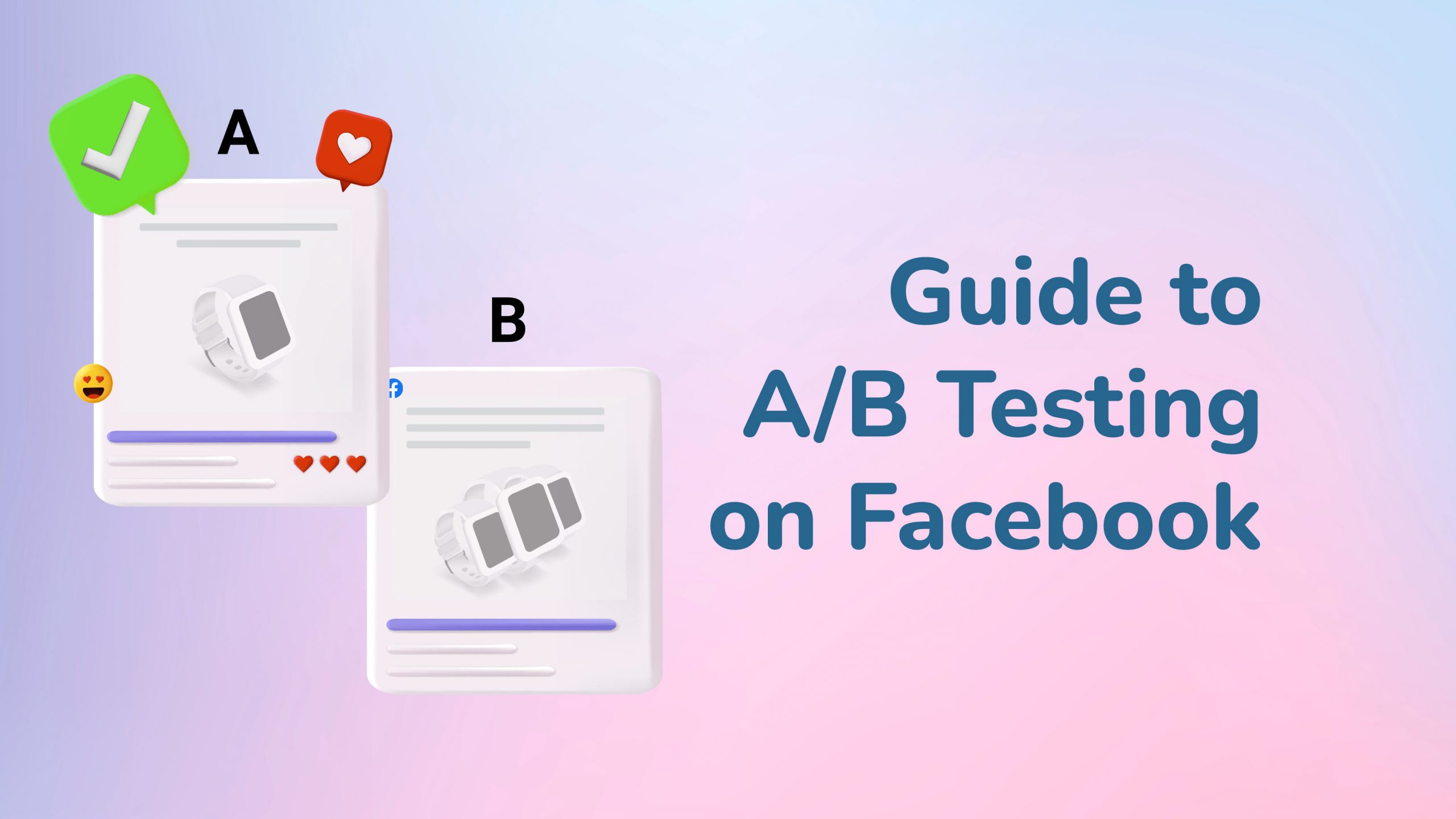


Its fantastic as your other posts : D, appreciate it for putting up. “For peace of mind, we need to resign as general manager of the universe.” by Larry Eisenberg.
Hey there, thanks for your kind comment.
Really informative blog article. Really Great.
Thanks Celina, stay tuned!